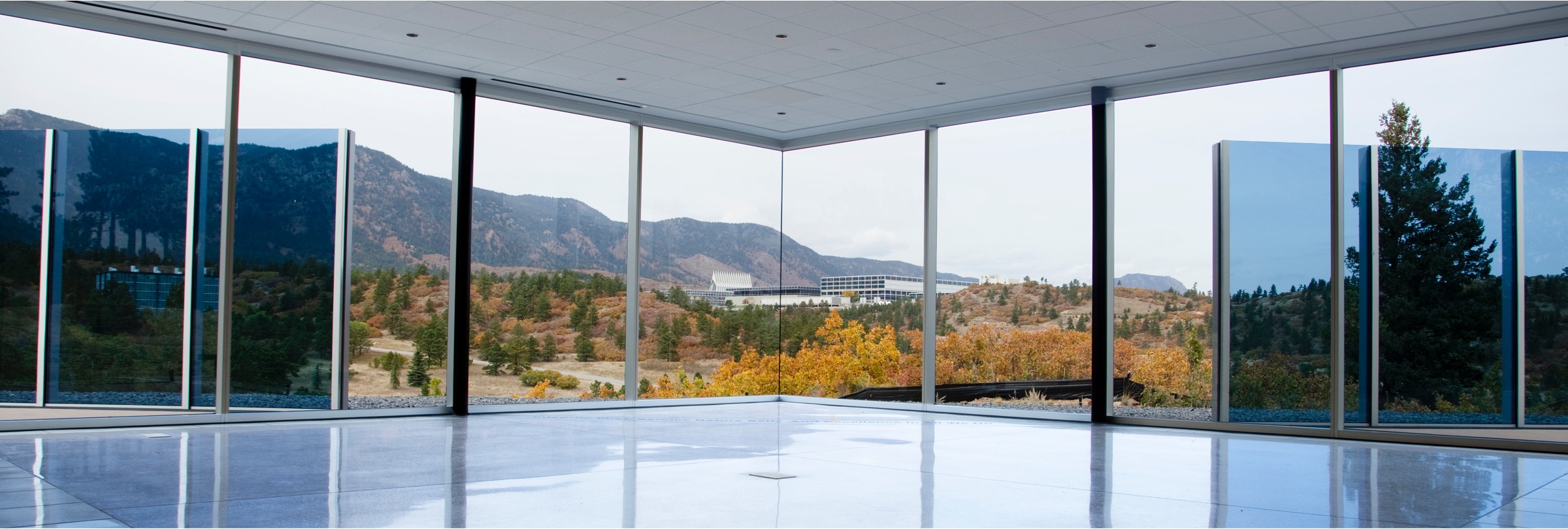
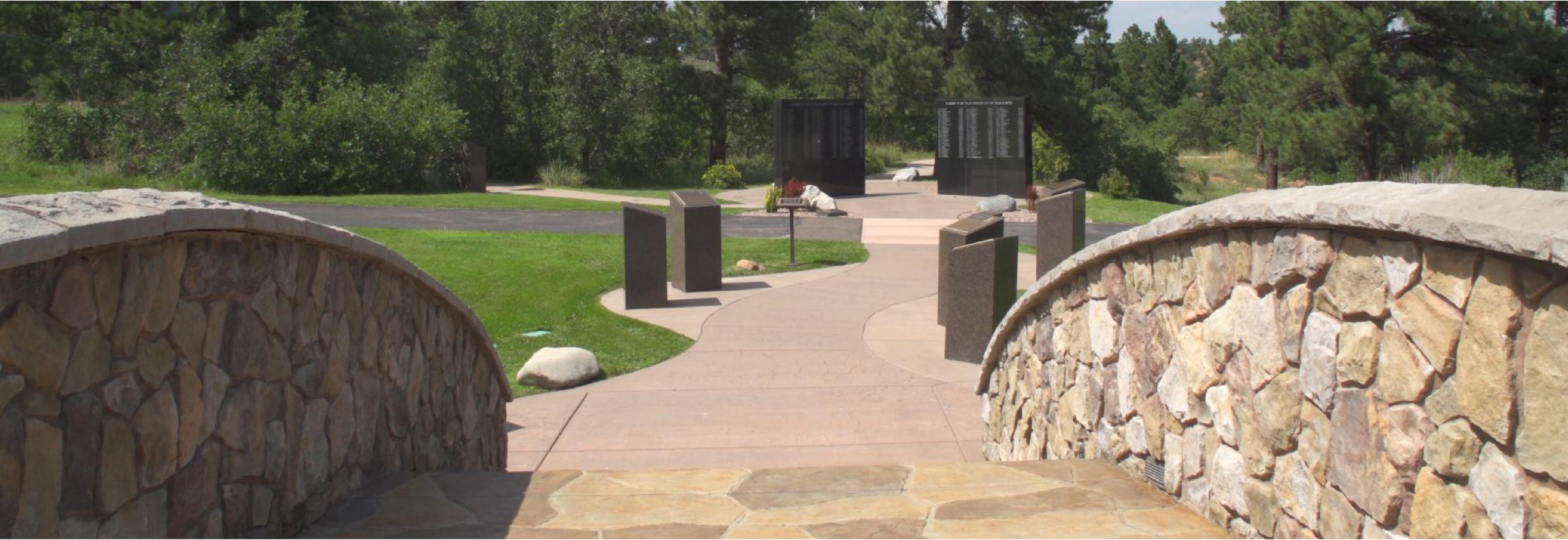
Sitting at the edge of the mesa on the north end of the Heritage Trail, the Pavilion overlooks the Academy campus and captures the legacy of the Long Blue Line of Academy graduates who served during the Southeast Asia Conflict.
Interactive Displays
Inside the pavilion is an 800 lb bronze map sculpted by Jim Nance, ’71, which depicts the Ho Chi Minh Trail and the Southeast Asia theater of operations. Three interactive screens on the east wall chronologically portray major events in world and American history that occurred during the war.
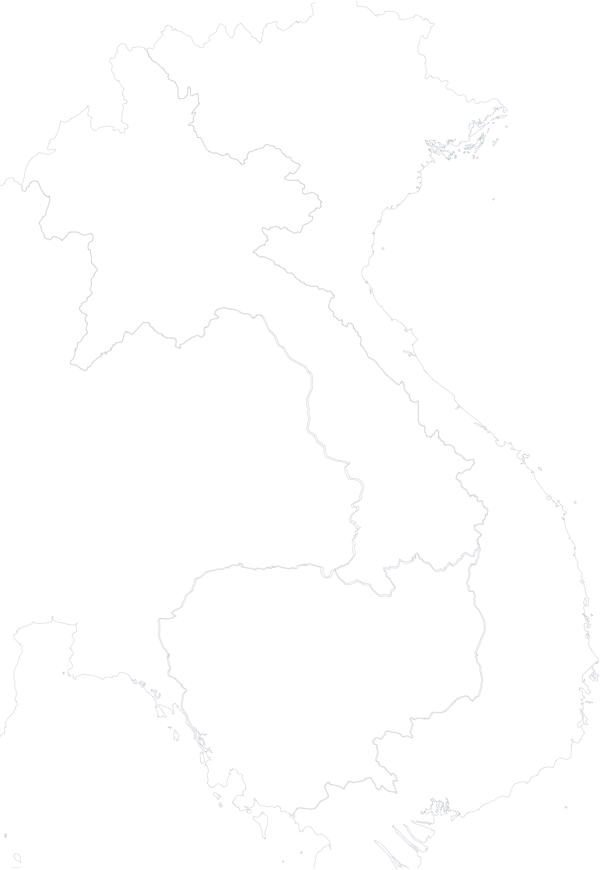
Prisoners of War Memorial
A total of 33 Academy graduates became POWs during the Vietnam War. The war essentially ended for these men when they were captured, and a new chapter began—one of personal resilience.
Code of ConductMemorial Wall
The long black granite wall to the east of the Southeast Asia Memorial Pavilion is similar to the Vietnam Wall in Washington DC.
The west side of the wall honors graduates by class who made the ultimate sacrifice in the conflict. It also contains memorial plaques donated by our sister service academies. The east side of the wall contains plaques that identify the aircraft and missions graduates flew in the war.
The Unit Wall
On the east side of the black granite wall are plaques that identify the missions and aircraft graduates flew in the war. Both graduates and non-graduates funded these plaques, which capture the dangerous and challenging mission they flew.
Code of Conduct
This is the Code of Conduct at the time of the SE Asia Conflict. It has since been revised to reflect the role of women in combat.
I am an American fighting man in the forces that guard my country and our way of life,
I am prepared to give my life in their defense.
I will never surrender of my own free will. If in command, I will never surrender the members of my command while they still have the means to resist.
If I am captured, I will continue to resist by all means available. I will make every effort to escape and aid others to escape. I will accept neither parole nor special favors from the enemy.
If I become a prisoner of war, I will keep faith with my fellow prisoners. I will give no information nor take part in any action which might be harmful to my comrades.
If I am senior, I will take command. If not, I will obey the lawful orders of those appointed over me and will back them up in every way.
Should I become a prisoner of war, I am required to give name, rank, service number, and date of birth. I will evade answering further questions to the utmost of my ability. I will make no oral or written statements disloyal to my country and its allies.
I will never forget that I am an American fighting man for freedom, responsible for my actions, and dedicated to the principles which made my country free.
I will trust in my God and in the United States of America.
